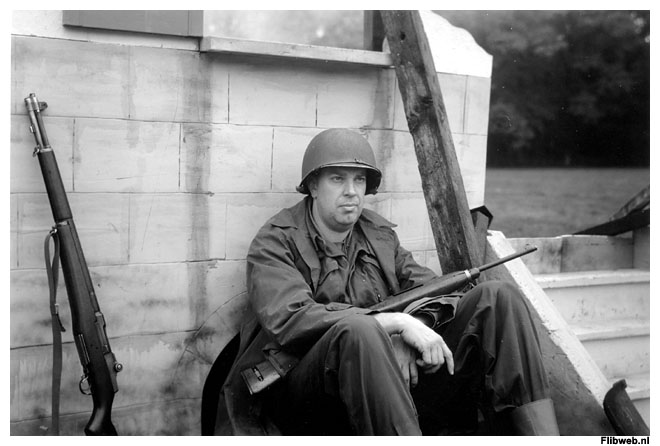ARCHIVIST
Well-known
Well, not a modern MF RF 120 camera nor a large format RF camera either - just a 620 roll film RF classic.
Do any of you have any knowledge as to the image quality this camera produces?
I am aware of its bulk and weight etc. but have not scene any negs from one.
I have used Ektar 101mm lenses on my old Miniature Speed Graphics and they were very sharp so I am hoping the 100mm Ektar on the Medalist will give the same quality.
The 620 film is not an issue as I have been re-spooling 120 to 620 for years now.
Regards
Peter
Do any of you have any knowledge as to the image quality this camera produces?
I am aware of its bulk and weight etc. but have not scene any negs from one.
I have used Ektar 101mm lenses on my old Miniature Speed Graphics and they were very sharp so I am hoping the 100mm Ektar on the Medalist will give the same quality.
The 620 film is not an issue as I have been re-spooling 120 to 620 for years now.
Regards
Peter






